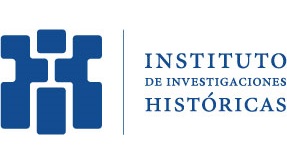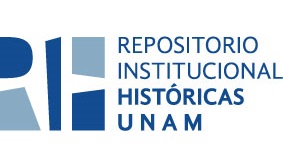Popular health education and propaganda in times of peace and war in Mexico City, 1890s–1920s
Resumen
Health education and propaganda acquired importance during the late 19th and early 20th centuries in Mexico City, as physicians, hygienists, and schoolteachers attempted to teach the principles of public health to a culturally and socially heterogeneous urban population.
I explore the organization of the Popular Hygiene Exhibition of 1910 and the importance of health education before and after the armed phase of the Mexican Revolution, and why children and the indigenous populations became the main recipients of health education programs. La educación y la propaganda sanitaria adquirieron importancia a finales del siglo XIX y principios del XX en la Ciudad de México, cuando médicos, higienistas y maestros intentaron enseñar los principios de la salud pública a una población urbana cultural y socialmente heterogénea. Exploró la organización de la Exposición de Higiene Popular de 1910 y la importancia de la educación para la salud antes y después de la fase armada de la Revolución Mexicana, y por qué los niños y las poblaciones indígenas se convirtieron en los principales destinatarios de los programas de educación para la salud.
Consulte el número/libro completo
https://ajph.aphapublications.org/toc/ajph/96/1Aparece en las colecciones
Excepto si se señala otra cosa, la licencia del ítem se describe como http://creativecommons.org/licenses/by/4.0




